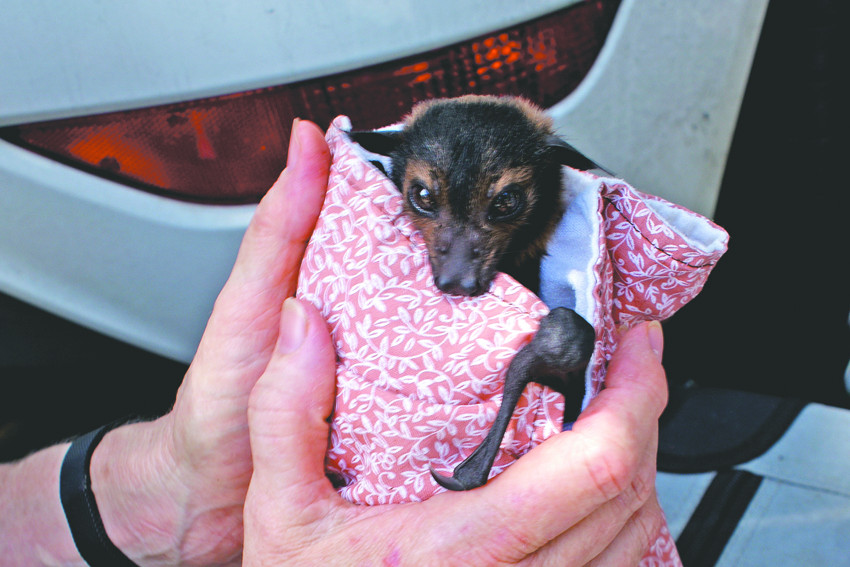Community
3 June, 2021
Dispersal costs soar
THE Cairns Regional Council’s flying fox relocation project is the most expensive bat relocation per ratepayer ever undertaken in Australia.

The council’s Cairns Flying-Fox Roost Management Plan (CFFRMP) has cost $1.64 million this financial year to the end of May, which included obtaining relevant permits.
This is comparable to the amount spent by much larger cities Sydney and Melbourne, while the townships of Maclean and Charters Towers spent $400,000 and $500,000 respectively.
A report discussed at last week’s ordinary council meeting estimated council would need to budget an additional $242,000 in the six month period from July 1 to December 31 to continue the Cairns Flying-Fox Roost Management Plan (CFFRMP).
Council has applied to the Department of State Development, Infrastructure, Local Government and Planning for a $121,000 grant to cover half the cost.
Council’s Acting General Manager for Infrastructure Services Gary Everson said the program had been successful for the wellbeing of the animals and for the community.
“There have only been six recorded spectacled flying fox deaths at the Cairns Library in the past year, that is in contrast to previous years where over 200-400 mortalities have been recorded at the site,” he said.
“The absence of flying foxes from the City Library site has also been welcomed by the community residents, who are able to use this public space without incident.”
Mr Everson said Council had Federal approval for the deterrent program to continue permanently, but costs were expected to be considerably lower next year.
RELATED: Cheers to the bats!
“There are more than 40 known flying fox roosts throughout the greater Cairns region, and the flying foxes have relocated to one, or more, of those sites,” he said.
Bats and trees Society of Cairns (BatSoc) zoologist Sera Steves, who is also a wildlife ecologist on the Cairns Flying Fox Advisory Committee, said the exact location of all the bats was still unclear.
“As far as we know, they haven’t found anywhere else for their permanent maternity roost, so they’ve spread out and are essentially wandering around homeless, coming into increased conflict with humans.
“They keep trying to return to the library roost, so the deterrent costs are likely to continue for years. The flow on effects and cost to constituents are going to continue to grow.”
Ms Steves said the cost to both ratepayers and flying fox wellbeing could have been much lower if scientific advice had been followed.
“Bat relocation was successful in Melbourne, because they took the time to make Yarra Bend Park into a viable habitat first, and then used a chain of habitats to move the bats there, and now it’s a popular tourist attraction.
“In Cairns there was no planning of where the bats would go. One suggestion was to revegetate the Cairns central swamp to the point where they could relocate there, but that advice was not taken.”
To gather data on exactly what has happened to all the flying foxes, BatSoc is launching a citizen science program to encourage residents to report bat sightings and send in photographs.
Bat sightings can be submitted to secretary.batsoc@gmail.com or by downloading the citizen science app ‘Questagame.’


